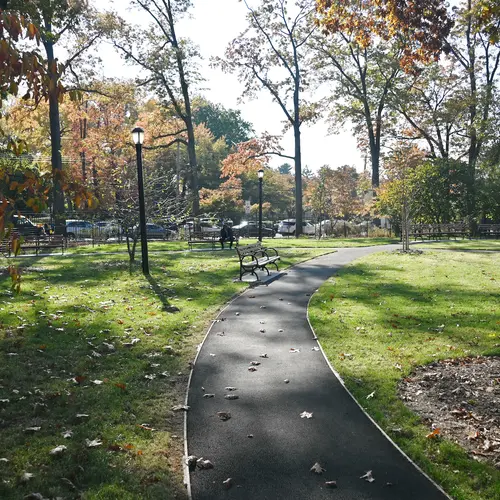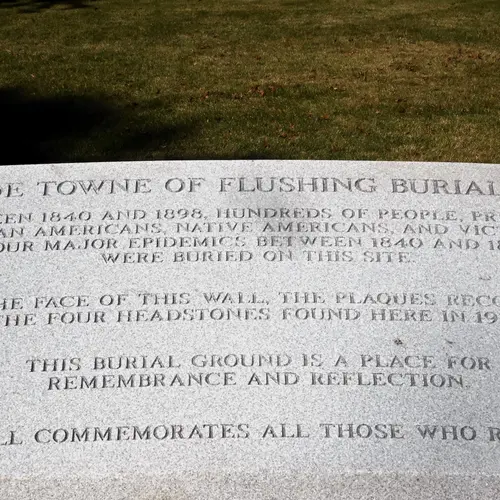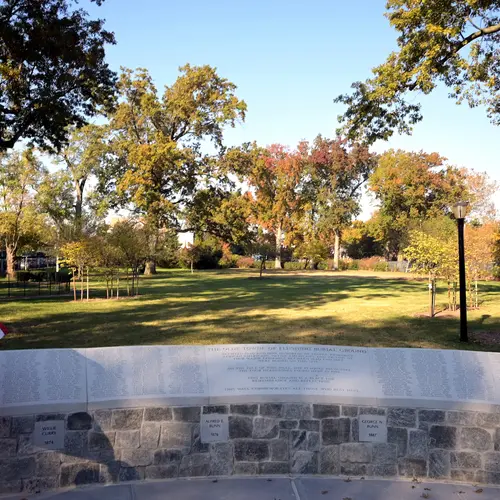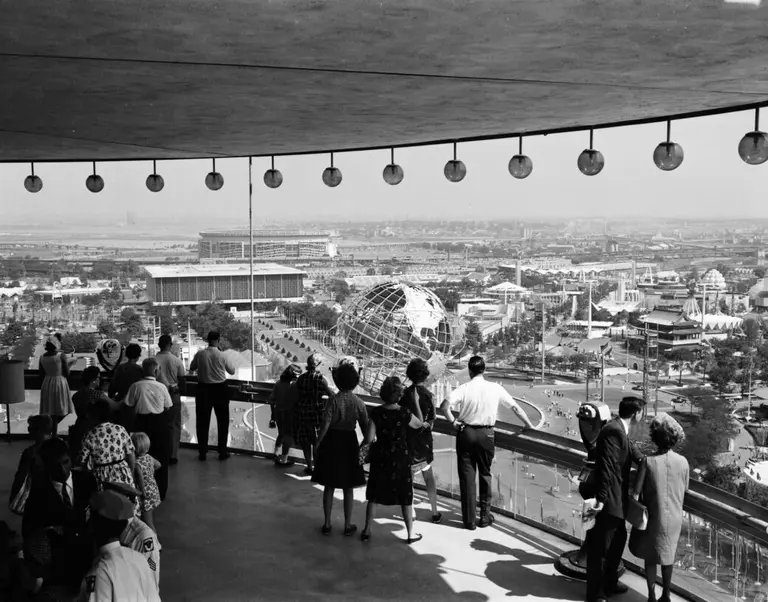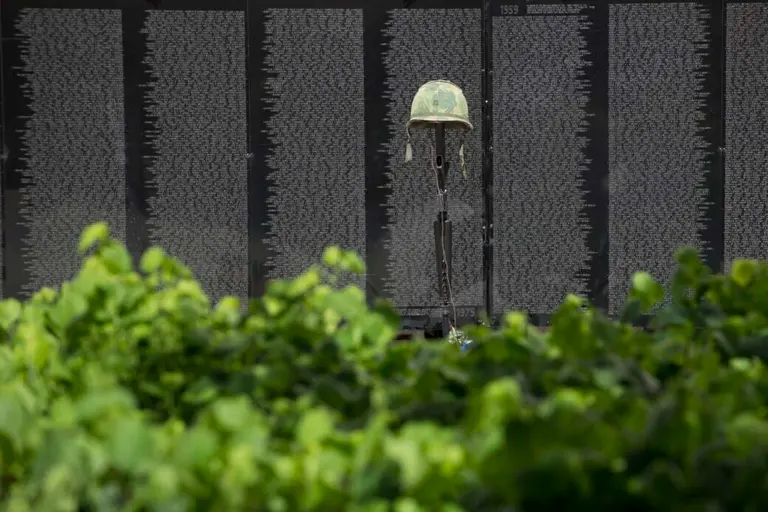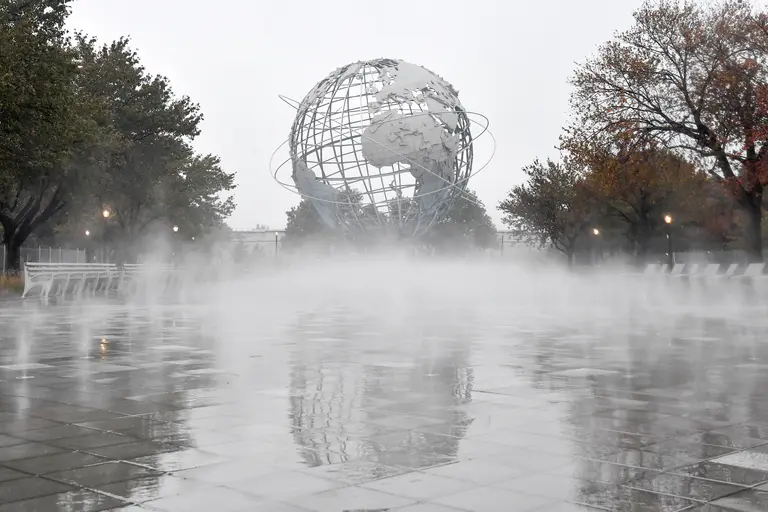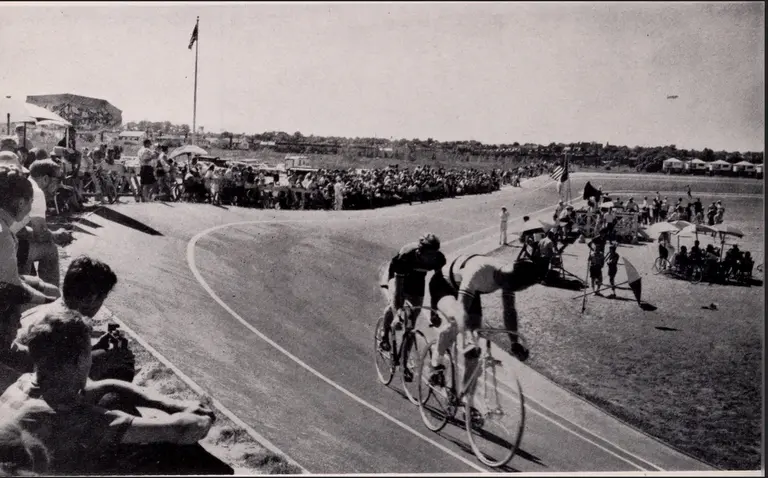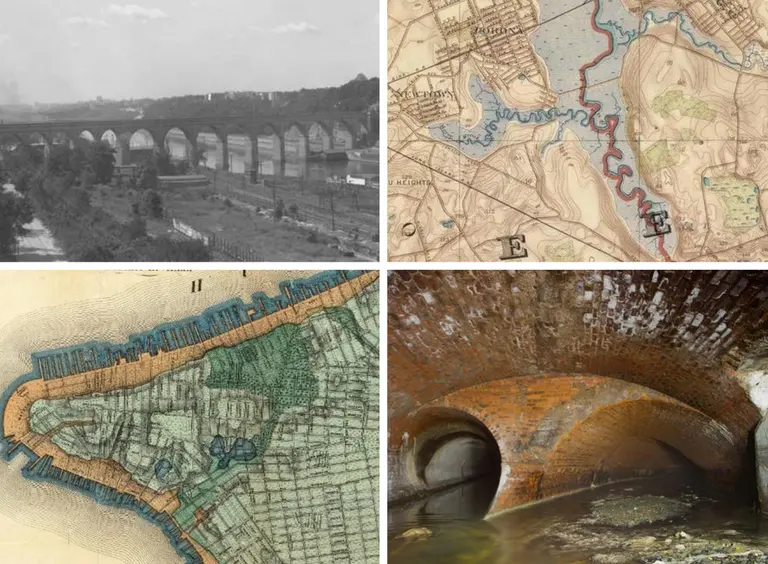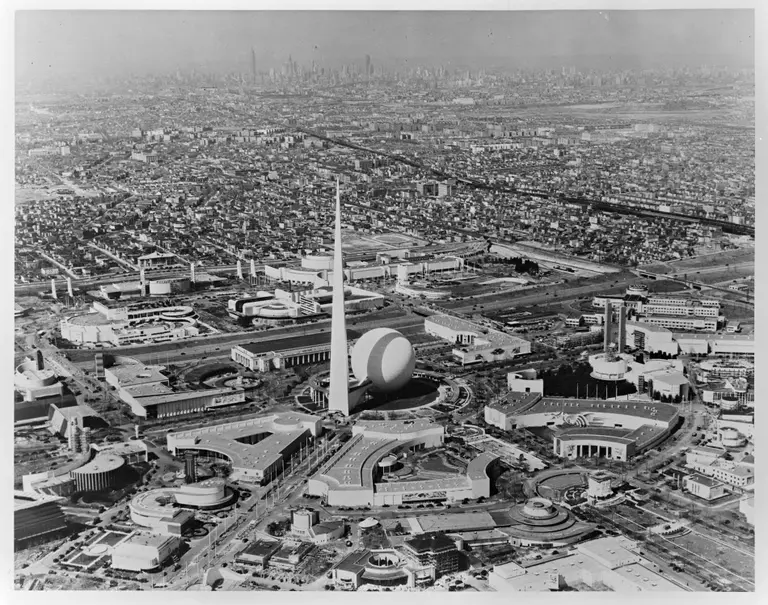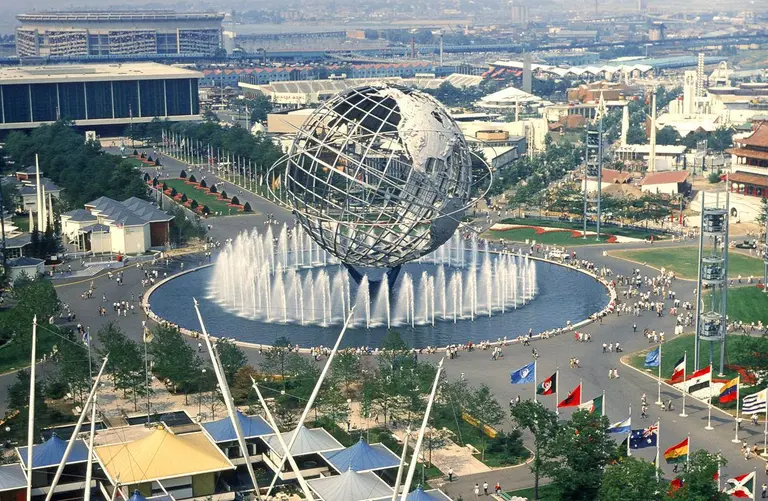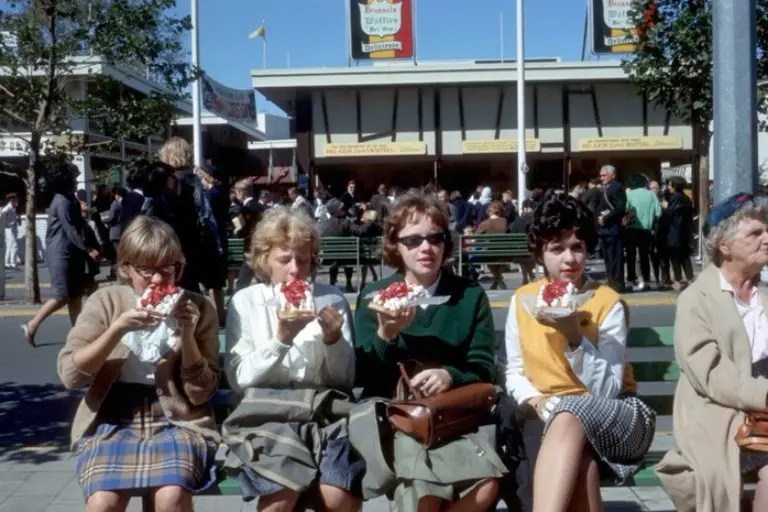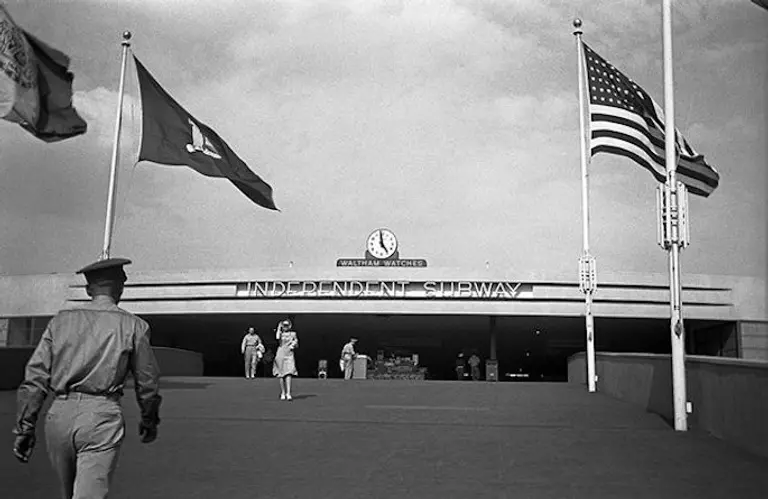NYC unveils new memorial in Flushing honoring African and Native American burial ground
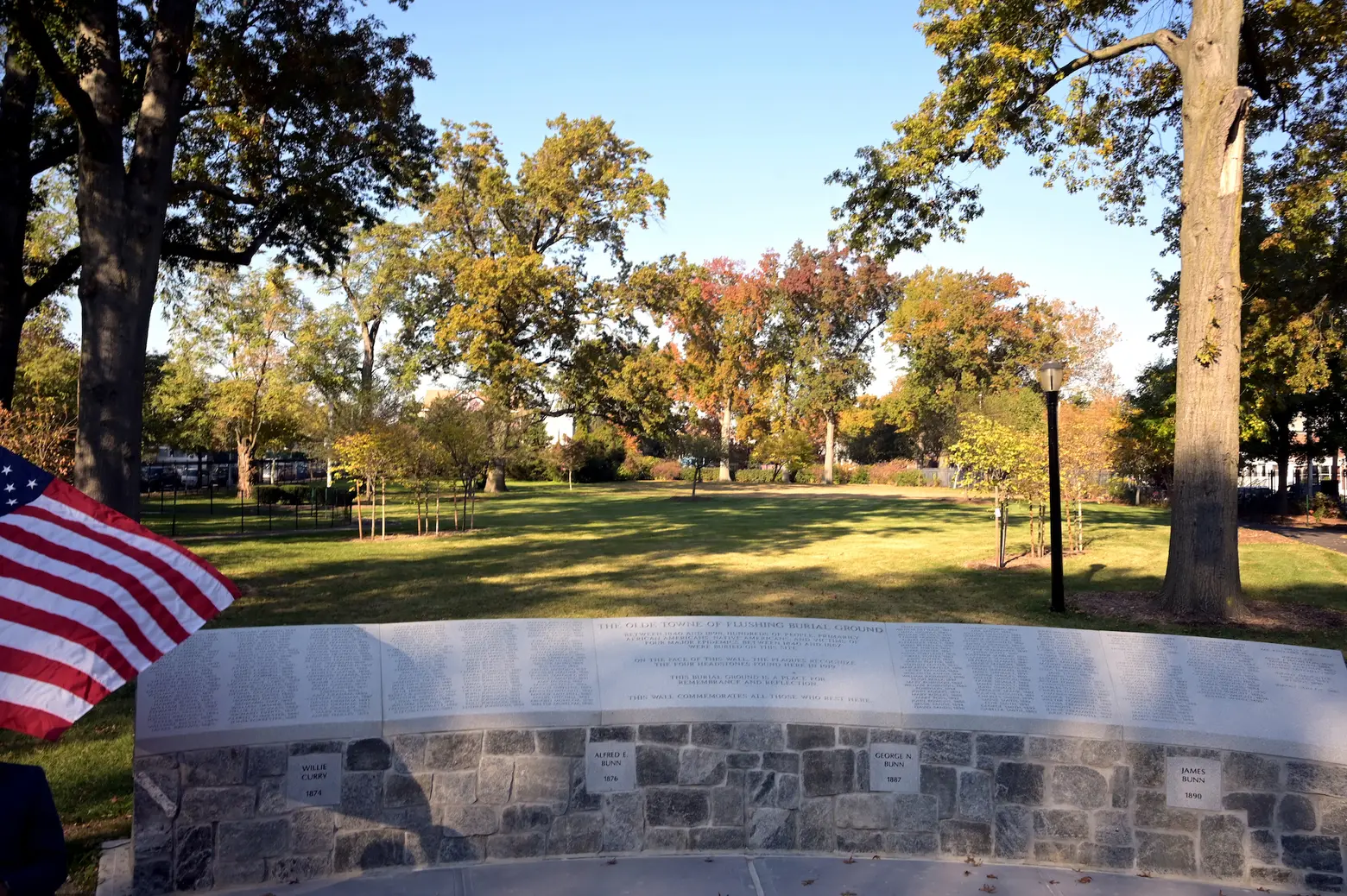
Photo: NYC Parks/ Malcolm Pinckney
Hundreds of New Yorkers, mostly African and Native American residents, who were buried in Flushing at least 150 years ago were finally honored with a memorial this week. The city’s Parks Department and Queens officials on Tuesday cut the ribbon on a new commemorative plaza at the Olde Towne of Flushing Burial Ground. The site, located north of 46th Avenue between 164th and 165th Streets, was used as a public burial ground starting as early as 1840, with over 1,000 individuals buried there until 1898. A new memorial wall includes the name of the sacred site, a brief history, and 318 recorded names of those buried there, and the new plaza has a butterfly garden and surrounding benches.
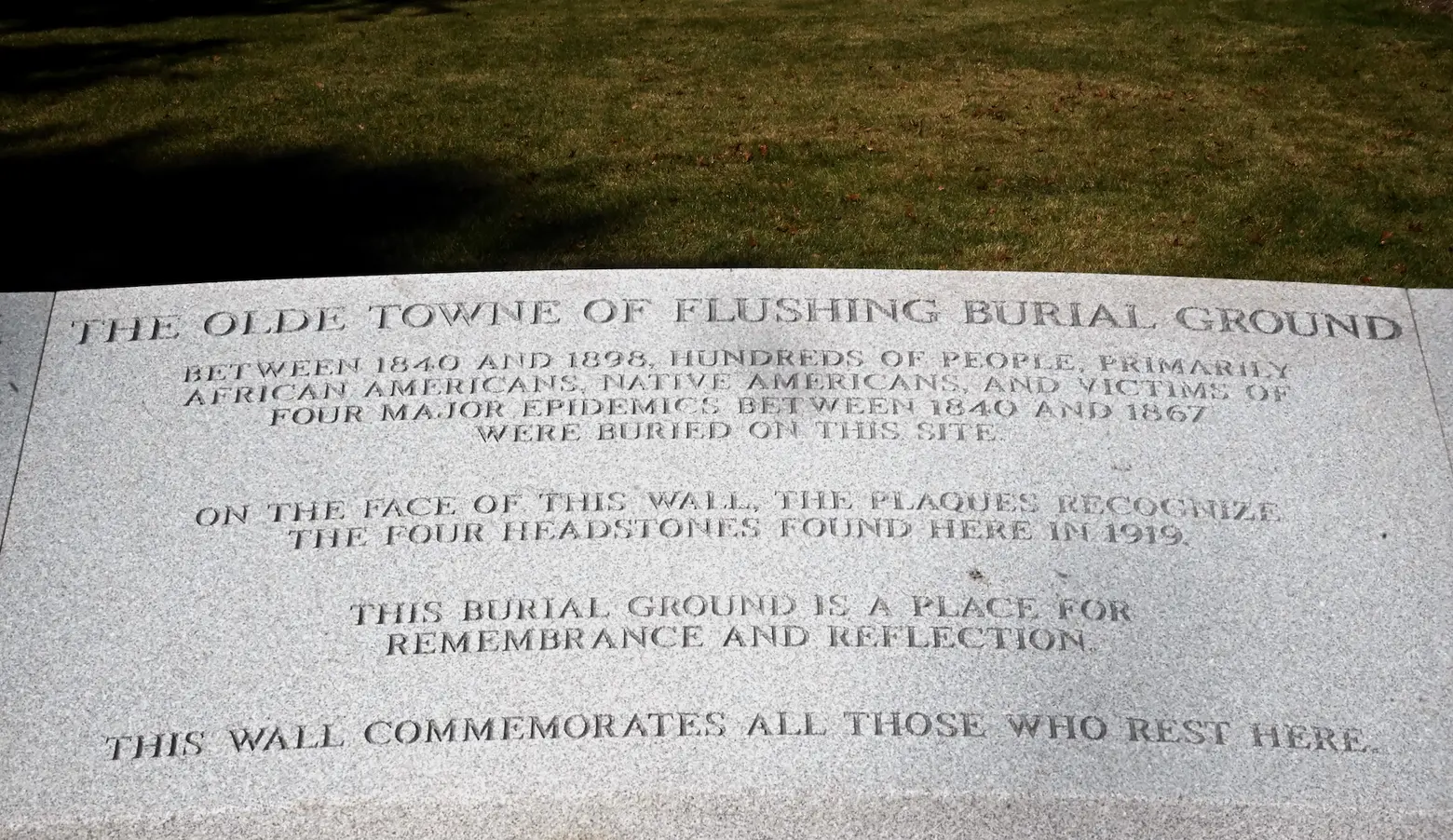
“The reconstructed Olde Towne of Flushing Burial Ground memorial is a fitting tribute to those buried here who deserve dignity and respect and a space for reflection of the past and the promise of the future,” Gabrielle Fialkoff, commissioner at NYC Parks, said.
“This project is the result of the tireless efforts of the community. We are grateful to the Council Member and Borough President’s offices for their support, and to the Olde Towne of Flushing Burial Ground Conservancy for their unfaltering dedication to preserving this site’s legacy.”
Starting in the middle of the 1800s, the town of Flushing suffered from cholera and smallpox epidemics. The town, afraid those who died from these diseases would contaminate church burial grounds, purchased land from the Bowne family to create a separate burial. According to the Parks Department, following the discovery of a link between contaminated water and cholera and improvement of hygiene, the frequency of epidemics diminished and the burial ground fell into disuse.
According to the Olde Towne of Flushing Burial Ground Conservancy, the plots were “indiscriminately arranged, often unmarked, and as shallow as six inches below the surface.”
At the end of the 1800s, the burial ground was used by the African Methodist Episcopal (AME) Church, which had run out of burial space at their property. Starting in 1880, the site was used as a final resting place for African Americans and Native Americans. The last burial there was in 1898, the year the City of New York was incorporated.
After Parks acquired the property, Parks Commissioner Robert Moses in 1936 built a playground on the site as part of a Works Progress Administration project, with a comfort station and wading pool added later. During construction, WPA workers found evidence of the burial ground, including pennies in the eyes of the dead, an ancient burial tradition seen also in burials excavated from the African Burial Ground in Lower Manhattan.
A Long Island Press article from 1936 detailed the WPA workers selling the coins for profit and described the men finding “bones galore” from the lot.
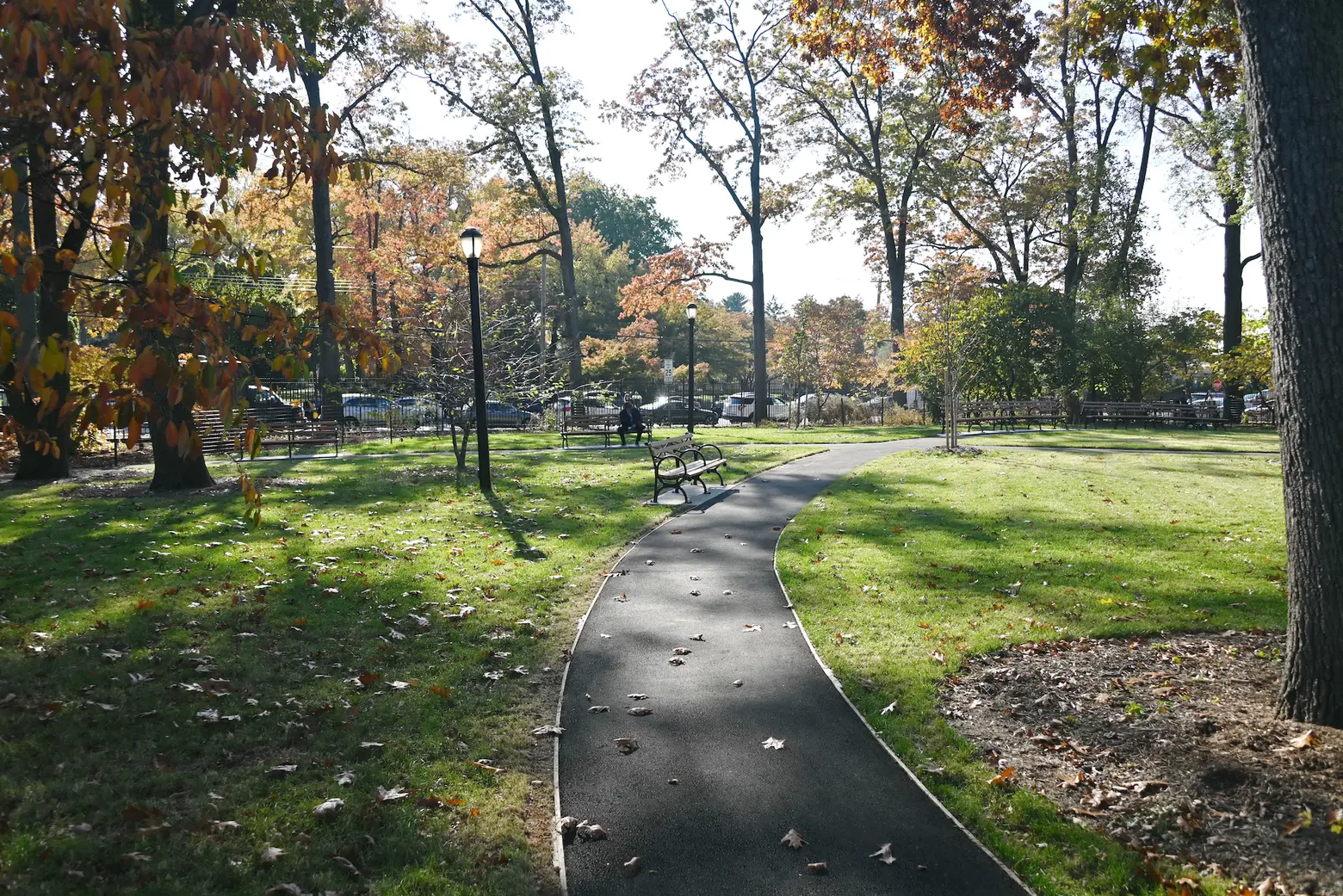
When Parks started a renovation of the site in the 1990s, community activist Mandingo Tshaka called for the city to research its history. The city conducted an archaeological study in 1996, which discovered the site served as the final resting place for between 500 and 1,000 New Yorkers. Death records for the town of Flushing dated 1881 until 1898 show that during this period, 62 percent of the buried were African American or Native American, 34 percent were unidentified, and more than half were children under the age of five.
The site, formerly called “Pauper Burial Ground,” “Colored Cemetery of Flushing,” and “Martin’s Field,” was renamed in 2009, “The Olde Towne of Flushing Burial Ground.”
In 2018, plans were finally unveiled for the commemorative plaza and reconstructed pedestrian paths at the burial ground. Now open, the $1.76 million project involved the construction of a memorial wall made of an etched barre gray granite top. There is a butterfly garden at the center of the new plaza, which is surrounded by benches, flowering ornamental trees, and cardinal directions written in a local Native American language.
“At long last, this monument vividly restores the important history of this site, a burial ground unjustly desecrated and paved over by the city of New York decades ago in callous disregard for this final resting place of so many African and Native American residents in this community,” State Sen. John Liu said. “History must be memorialized so terrible mistakes will not be forgotten and repeated.”
RELATED:
